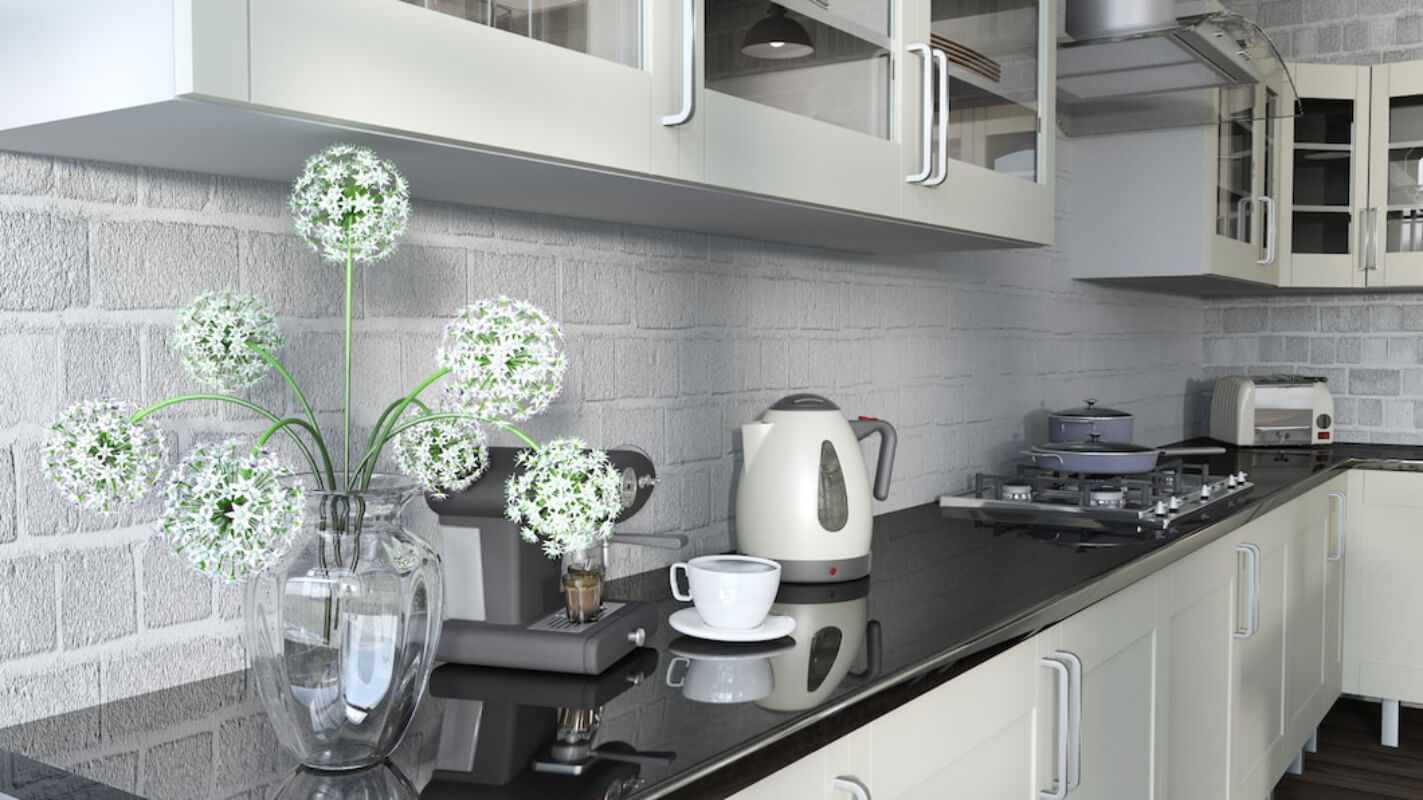In kitchen design, few materials evoke the same timeless elegance as marble. From its luxurious appearance to its heat resistance, marble in Melbourne has long been a popular choice for countertops, backsplashes, and more. But before you jump headfirst into a marble kitchen renovation, weighing the pros and cons is essential. Let's take a closer look at what makes marble a beloved kitchen material and some of the potential drawbacks you should consider.
Pros of Using Marble in Kitchen Design
- Timeless Elegance: Marble is simply beautiful. Its natural veining and unique patterns add a touch of sophistication to any kitchen space, whether you prefer a classic or contemporary aesthetic.
- Variety of Colours and Patterns: One of the most significant advantages of marble is its versatility. From crisp white Carrara marble to dramatic Nero Marquina, there's a wide range of colours and patterns to choose from, allowing you to find the perfect match for your kitchen design.
- Heat Resistance: Marble benchtops are not only stunning but also highly practical. They can withstand high temperatures, making them ideal for cooking and baking without worrying about damage from hot pans or pots.
- Natural Beauty: Unlike synthetic materials, marble is a natural stone, meaning each slab is unique. The intricate veining and subtle variations in colour give marble an organic, one-of-a-kind appearance that can't be replicated.
- Increase in Home Value: If you're considering selling your home, installing marble benchtops could be a wise investment. Many homebuyers are willing to pay a premium for the elegance and durability of marble, potentially increasing the resale value of your property.
Cons of Using Marble in Kitchen Design
- High Maintenance: While marble undoubtedly looks stunning, regular maintenance is required to keep it looking its best. Marble is porous and prone to staining, so it's essential to seal it regularly and clean up spills promptly to prevent damage.
- Porous Nature: Because marble is a porous stone, it can be susceptible to scratches, etching, and other forms of damage if not correctly cared for. This means you must be cautious when handling the kitchen's sharp objects and acidic substances.
- Susceptibility to Stains: Acidic foods and liquids, such as lemon juice, vinegar, and wine, can etch and stain marble surfaces if left unattended. To avoid permanent damage, it's crucial to wipe up spills immediately and protect the marble with cutting boards and coasters.
- Cost: While the beauty of marble is undeniable, it often comes with a hefty price tag. Marble countertops can be more expensive than alternative materials like quartz or granite, making them less budget-friendly for some homeowners.
- Limited Availability: Depending on the type of marble you choose, you may encounter limitations in availability and pricing. Rarer varieties of marble may be more complex and expensive, making them less accessible for specific kitchen projects.
Tips for Using Marble in Kitchen Design
While marble certainly has its drawbacks, there are ways to mitigate these challenges and make the most of its beauty and durability in your kitchen:
- Proper Sealing and Maintenance: Invest in a high-quality sealant and follow a regular maintenance routine to protect your marble countertops from stains and damage. You can also ask the marble supplier for maintenance tips.
- Choose the Right Type of Marble: Consider factors like colour, veining, and durability when selecting marble for your kitchen to ensure it meets your aesthetic and practical needs.
- Use Marble in Moderation: If you're concerned about the cost and maintenance of marble, consider incorporating it in moderation, such as using it for a kitchen island or backsplash rather than throughout the entire space.
- Explore Alternative Uses for Marble: If a full-scale marble kitchen renovation isn't in the cards, explore alternative ways to incorporate marble into your design, such as with marble accents or accessories.
Also, read here: Smart Kitchen Renovations That Made It to The Trending List
Final Thoughts:
Marble can undoubtedly elevate the look and feel of your kitchen. Still, weighing the pros and cons carefully before deciding is essential. By understanding the potential challenges and taking proactive steps to address them, you can enjoy the beauty and durability of marble in your kitchen for years to come.








Follow us